
Tracking Seabirds to Protect Marine Ecosystems
Monitoring Seabird Populations for Conservation
Seabird Watch uses time-lapse cameras, drone surveys, and citizen science to monitor seabird colonies in hard-to-reach places from the North Atlantic to the tropics to the poles. By identifying adults, chicks, and eggs in thousands of images, volunteers help researchers study breeding success, chick survival, and threats like predation and fisheries. This global monitoring effort reveals how local and global pressures are affecting seabirds, the world’s most threatened bird group, and provides critical data to guide conservation decisions.
0
Seabird Observations
0
Nesting Sites Monitored
0
Citizen Scientists
Seabird Watch
Research
Building a Global Picture of Seabird Change
Through long-term monitoring, open data, and global collaboration, Seabird Watch is transforming how scientists understand seabird populations. Thousands of volunteers and researchers have contributed to a growing dataset that reveals where and why seabirds are declining, helping conservationists act before it’s too late.
0
Images Analysed
We've analysed over 15 million images to monitor wildlife in the Antarctic and sub-Antarctic regions.
0
Volunteer Contributions
Powered by dedicated volunteers analysing and interpreting data.


0
Global Partners
Collaborating with 25 research institutions worldwide enhances our conservation impact.
Seabird Species We Monitor
These are the seabird species at the heart of Seabird Watch. By observing them, we uncover vital knowledge to protect their habitats and coastal ecosystem

Black-legged kittiwake
Known for its distinctive call
Habitat:
Marine cliffs
Status:
Least Concern

Brown booby
Named for its clumsy movements on land
Habitat:
Coastal, marine
Status:
Least Concern

Brünnich's guillemot
Can dive to great depths
Habitat:
Marine, coastal
Status:
Least Concern
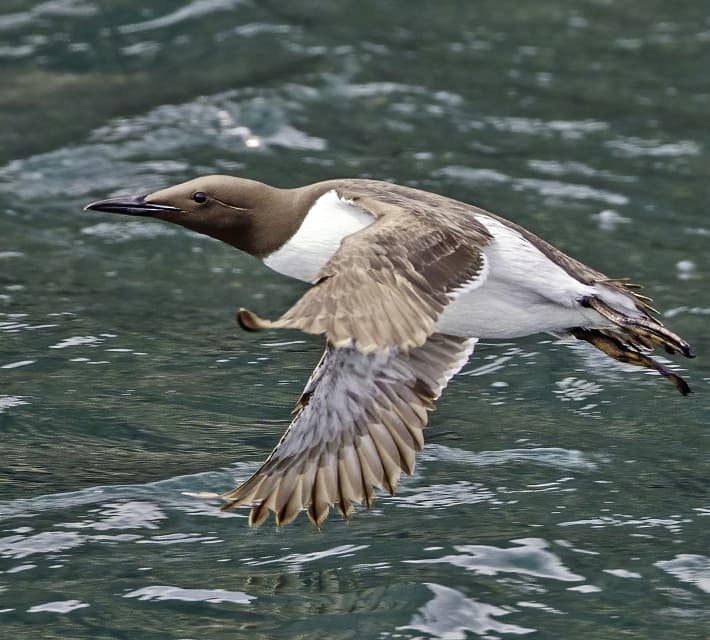
Common guillemot
Can dive to depths of over 100 meters
Habitat:
Coastal cliffs
Status:
Least Concern
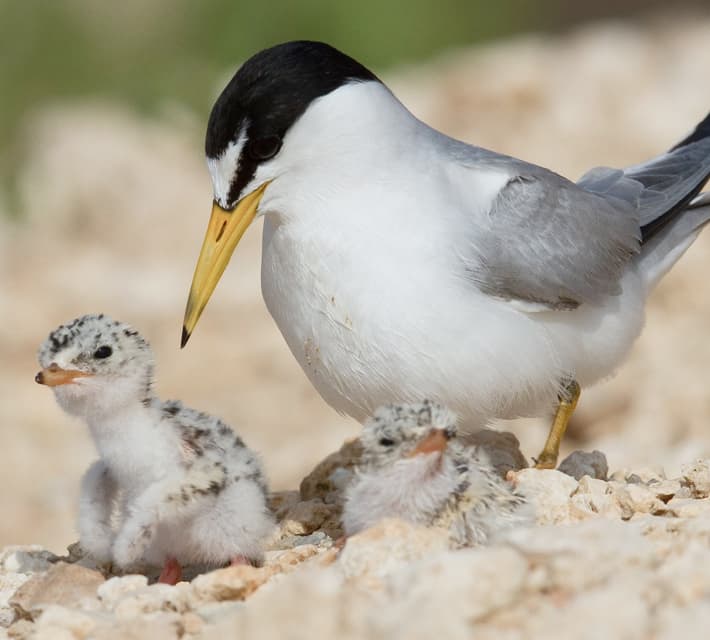
Least tern
Smallest tern species in North America
Habitat:
Coastal, inland
Status:
Least Concern

Magnificent frigatebird
Longest period of parental care among birds
Habitat:
Marine, coastal
Status:
Least Concern
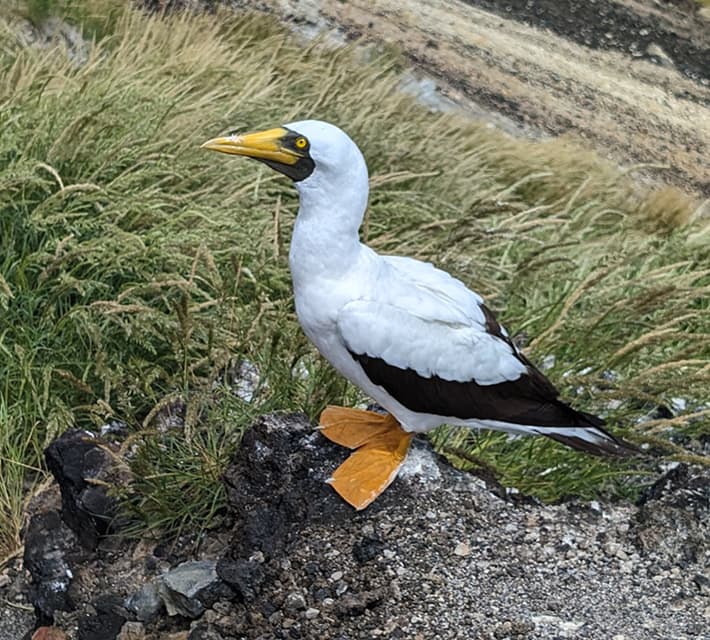
Masked booby
Can stay at sea for long periods
Habitat:
Marine, coastal
Status:
Least Concern
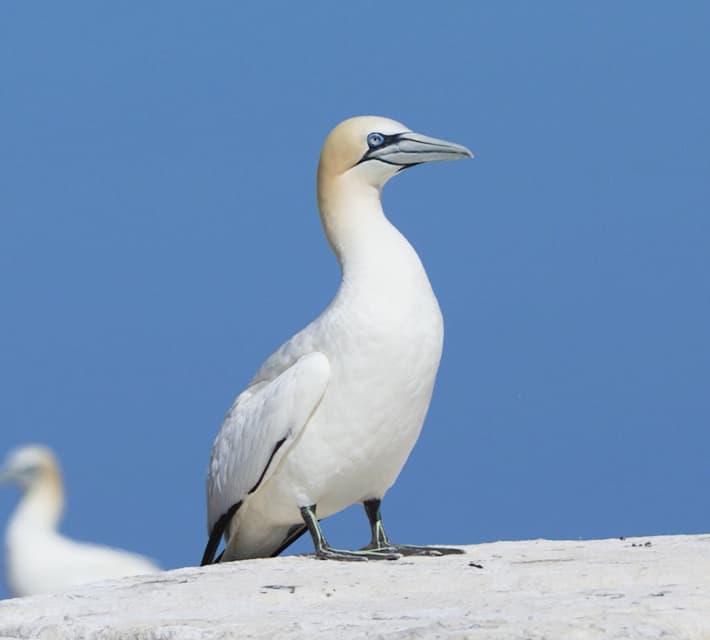
Northern gannet
Long-lived, can live over 30 years
Habitat:
Coastal cliffs
Status:
Least Concern

Red-billed tropicbird
Excellent flyers, rarely seen on land
Habitat:
Marine, coastal
Status:
Least Concern
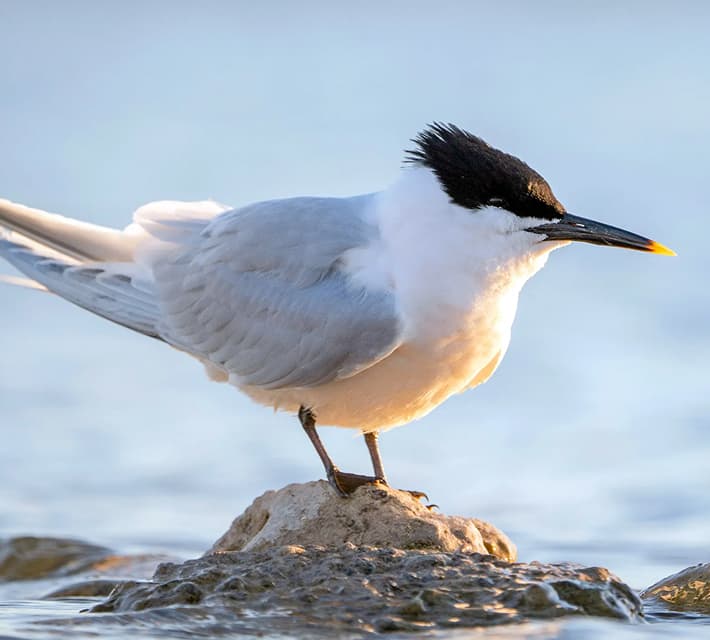
Sandwich tern
Long-distance migratory bird
Habitat:
Coastal
Status:
Least Concern

Sooty tern
Known for their long-distance migrations
Habitat:
Marine, coastal
Status:
Least Concern
Get Involved & Make a Difference
Our research informs action, but we rely on your support.
Your gift empowers conservation efforts to safeguard these incredible creatures.





